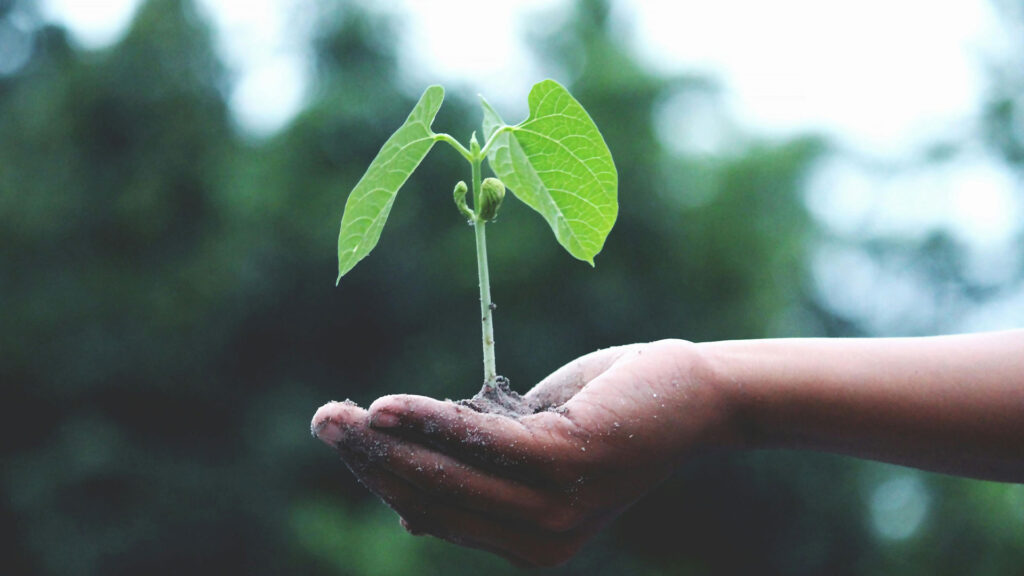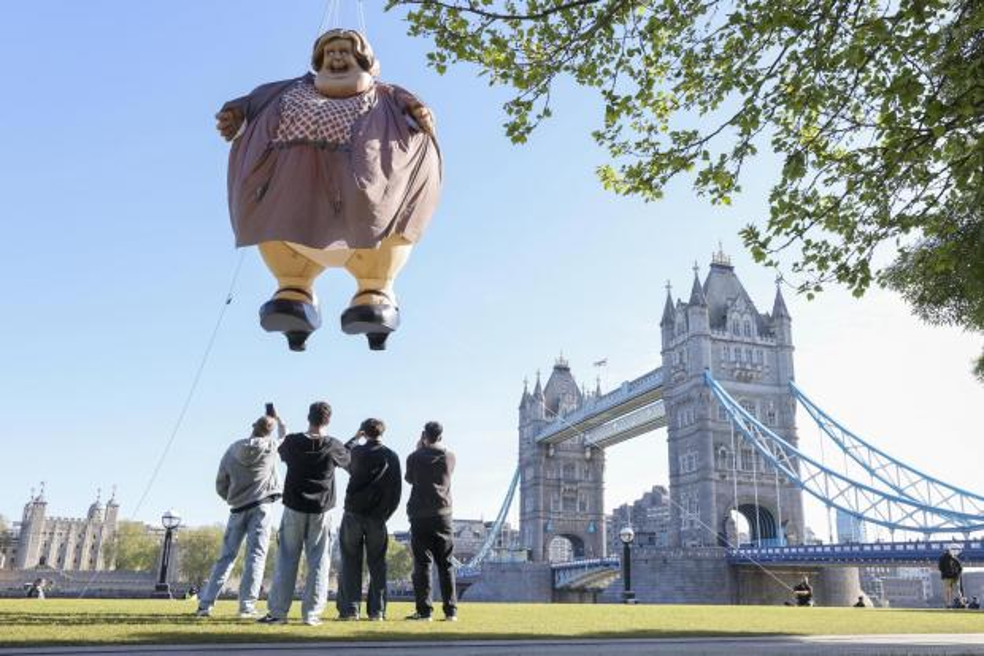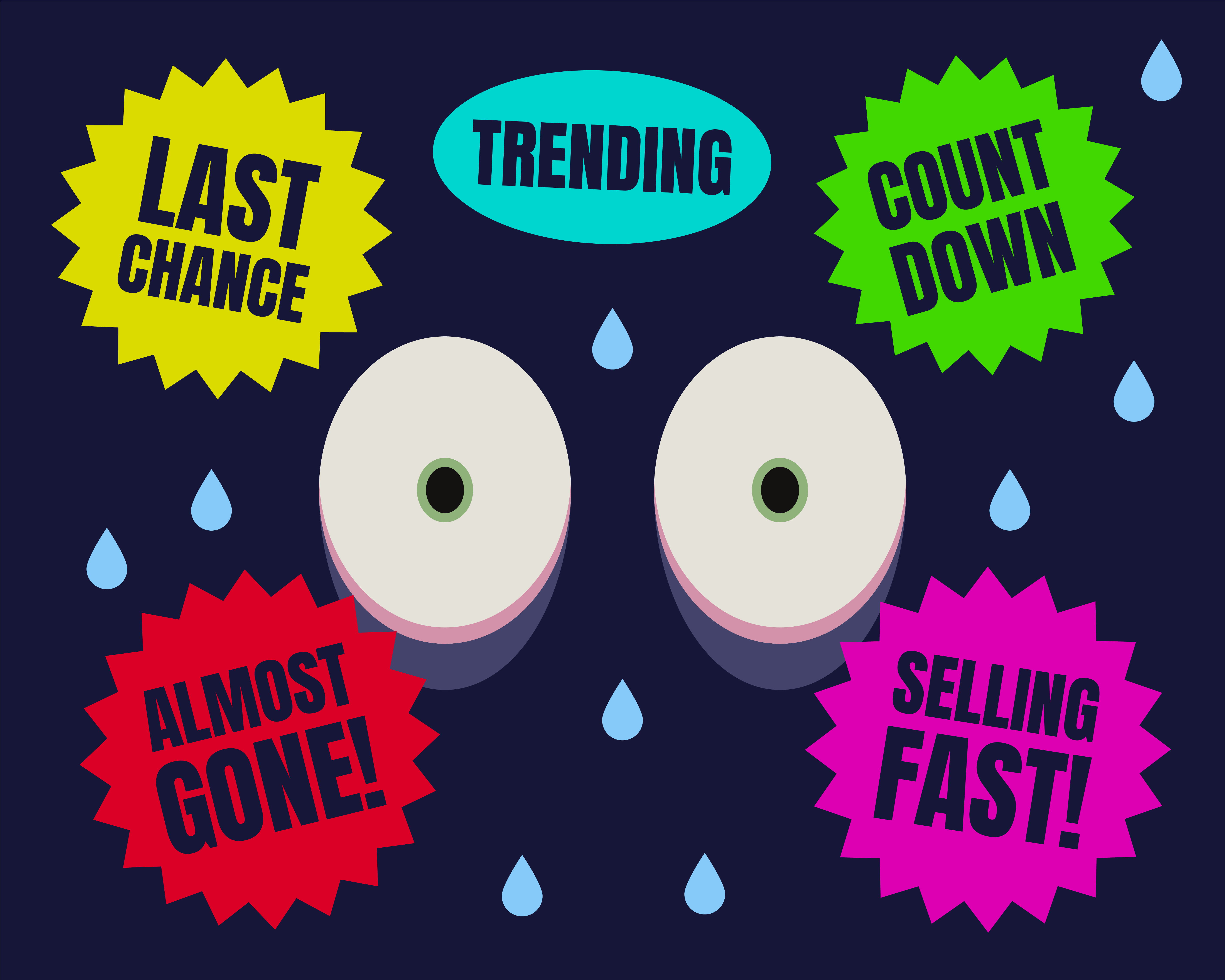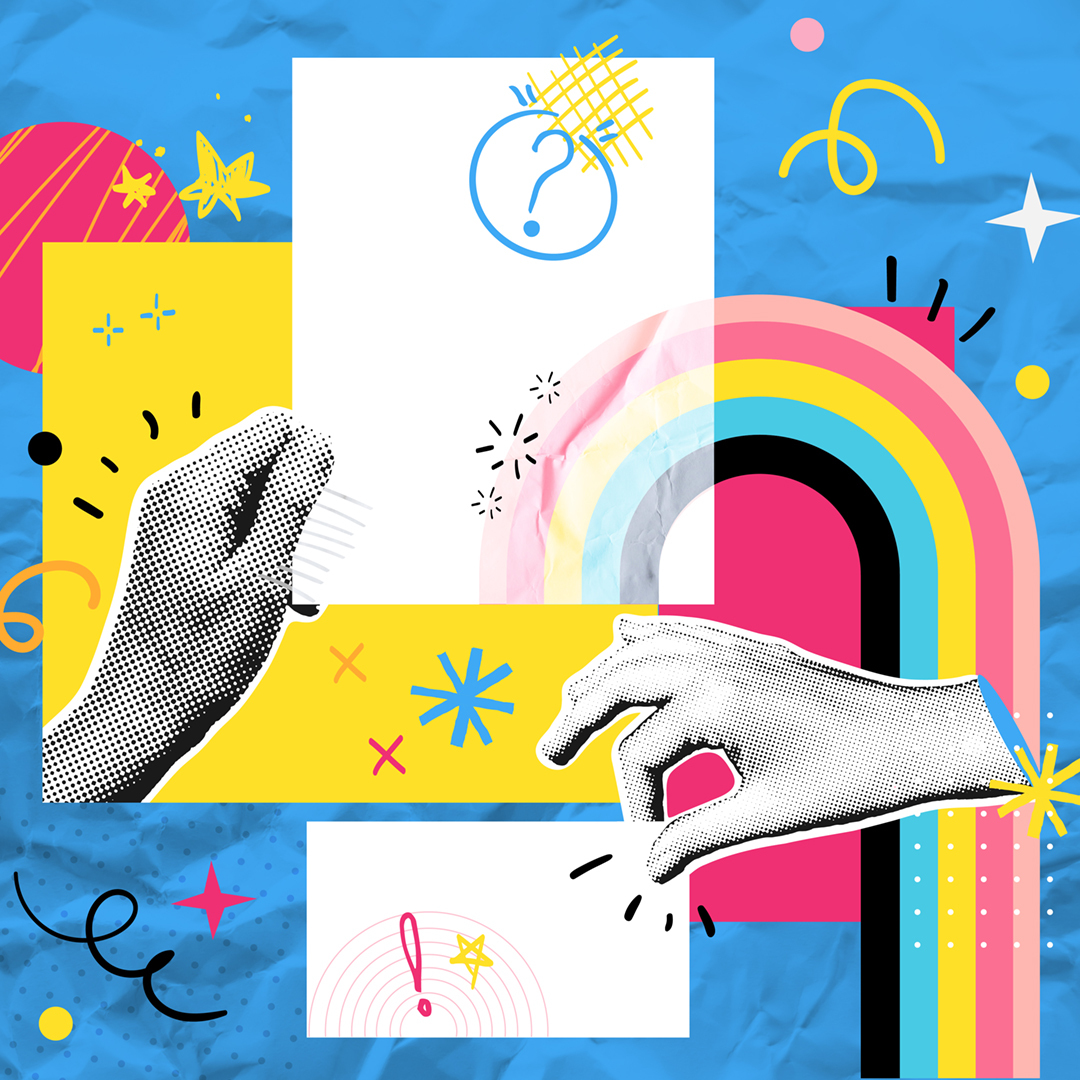
Have you ever stopped to consider the environmental impact that events have on our planet? Sure, using paper straws and biodegradable cups is a good start, but companies need to think even bigger about the long-term impact. When planning an event, there are many factors we need to consider: the scale and size, the materials used, transportation for staff and supplies, energy consumption for lighting and sound systems, and waste management, to name a few.
Recently, the rise of CGI and AI in advertising popping up on my LinkedIn and social media, got me thinking about the top experiential trends right now and the shift from traditional marketing methods. It highlighted the importance of keeping sustainability at the forefront when planning any event or activation. While researching this, it became clear that many companies are not yet considering the full digital impact of these new trends environmentally and the effect on the planet.
No longer futuristic concepts
AR and VR are increasingly encroaching into the mainstream, creating impactful brand experiences all over the world. This technology lets brands design events that feel personalised and bring unimaginable concepts to life. By integrating virtual content into the real world through a smartphone, users can add virtual objects to videos or photos, creating immersive experiences.
Reports show that 40% of consumers are willing to pay more if they can test a product in AR. Furthermore, 71% of shoppers are likely to shop more frequently using AR-powered apps (Deloitte). Some companies, like Ray-Ban and Zalando, use AR for virtual try-ons (VTO), which is particularly beneficial for reducing waste in the beauty industry, which is responsible for around 120 billion units of packaging annually.
AR leading the way for sustainability
AR leads the sustainability charge by reducing the need for travel and physical prototypes, cutting down on carbon footprints and material waste.
However, data centres that support AR applications can have a significant carbon footprint if not powered by renewable energy sources. AR has the potential to be more environmentally friendly but it all depends on how it is being implemented and used.
Efforts to minimise energy consumption and utilise renewable energy sources can help mitigate its environmental footprint. This allows companies to save money on staff and travel to just create an experience that the user controls, uses and shares, so it needs to be good enough to do that.
Some great examples of brands using AR and CGI include Maybelline’s Mascara London Tube CGI stunt, Coca Cola, and IKEA, who saw a 20% drop in the number of returns since introducing their AR app. Making AR shoppable, able to collect data from it and it can successfully drive footfall.
There’s also multiple examples of companies highlighting environmental issues using AR/VR to highlight the damage and create that lasting impact to users, for example Time created “Inside the Amazon: The Dying Forest, showing through an app the impact of deforestation using AR creating 3D models of the Amazon forest.
However, using 3D rendering uses a lot of energy and significant power usage, therefore, they must ensure they are optimising their energy usage as best as possible.
Setting an example
The University of Edinburgh is setting by example by using excess heat from a computer server room that will be pumped into buildings to keep students warm in the colder months. Engineers will install a heat pump to take warmth from the piped air and use it to heat separate pipes which go to radiators around the university. The funding is part of a £200 million commitment to public sector energy efficiency and renewable heating schemes over the next five years, under a £1.8 billion Scottish Government plan to decarbonise Scotland’s buildings.
Who doesn’t love to win something?
One of the main lessons I've learned so far from working in events is that if you want to gain something from people, you need to offer them something in return. They need an incentive to interact and engage with your activation; otherwise, what's the point? Games are a fantastic way to achieve this because, let's face it, who doesn't love the chance to win something?
The gaming industry targets 38% of 18-34 year olds making it ideal to target Gen Z and Millennials. This provides a memorable experience and incentivises the activation. Incentives don’t have to be wasteful.
Brands at the top of their game
One of my favourite examples of gamification was by South African Burger King, who slowly phased out their plastic toys in kid’s meals and introduced AR games instead. Helping reduce waste and adding value as an educational tool to highlight climate change to a younger generation.
What may at first glance appear a somewhat random partnership, Heinz embraced gamification and joined forces with Fortnite to tap directly into its target 18-34 demographic and communicate messaging on their sustainable actions. Aimed at highlighting the decline of the Earth's healthy soil, SOS Tomatoes invited gamers to participate in a challenge to outrun the speed of “soil degradation”. Combining an entertaining, fast-paced challenge with awareness raising of an important environmental issue.
Leveraging social media for interactive eco-friendly experiences
With the power of social media to make a single clip go viral, creating a space that encourages people to take and share photos on their own platforms is a really powerful tool. This approach doesn't have to be wasteful; in fact, people are more likely to highlight the environmental impact if it's impressive and worth talking about. By incorporating AR, CGI or gamification elements to the activation naturally encourages people to snap and talk about it online. We want to create an experience they’ve not experienced before, that will surprise and delight them.
Warner Bros has really ‘cast’ a spell on their fans with their latest magical photo moment
While in London last weekend, as I squeezed past the 100+ people patiently queuing for their photo moment with half a trolley stuck in the wall at King’s Cross, it got me thinking how effective Warner Bros is at creating these unique photo moments.
Most recently, celebrating the 20th anniversary of Harry Potter and the Prisoner of Azkaban, the studio planted a 6.5m high balloon of an inflated Aunt Marge next to Tower Bridge. On display until September, the inflatable highlights that the film’s special effects did not use CGI in the scene and encourages visitors to Harry Potter World to learn more.
However, Warner Bros has further extended the reach and engagement of a great PR photo, by further blending the muggle physical and digital worlds. A new TikTok AR effect that enables users to float Aunt Marge across the sky wherever they are, has gone viral, curating hundreds of thousands of likes and over 14 million views.

The evolution of brand activations
With innovations like Apple Vision Pro, AI, and 3D billboards, digital activation trends are rapidly gaining traction as technology becomes more advanced and integrated into daily life.
Brands like IKEA have been pioneering these trends for years, launching their first AR app 13 years ago, but now it’s an area few brands can choose to ignore. Considering the digital experience and how it can enhance and extend the reach of any physical brand activation is a must. The best events feature surprise and delight, but digital adds the extended reach and lasting impact after leaving the event.
Keeping sustainability front of mind
Prioritising sustainability is crucial in 2024 and beyond for events and activations. Consumers are increasingly savvy to greenwashing tactics and closely watching companies to ensure they are genuinely implementing sustainable practices. While being sustainable can be more costly, the long-term benefits for both the planet and the company’s brand and reputation are significant.
It's not just clients who need to make a difference; agencies play a crucial role too, advocating for more environmentally considered creative routes. As an industry, events and marketing still have a long way to go in improving its environmental scorecard and it is only by working together change can be affected.
Is this a trend, or is it the future of events and activations? It seems like it's here to stay.




